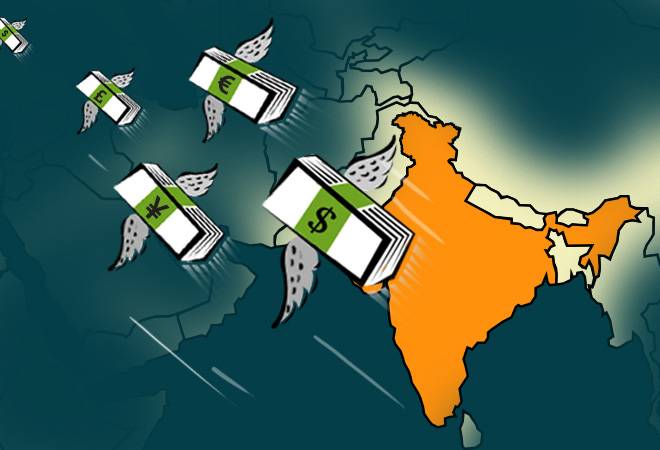The Indian economy has been a beacon of resilience amidst global uncertainties in 2023, and this is reflected in the robust inflows into India-dedicated funds. These funds witnessed a remarkable turnaround, attracting a staggering $16.2 billion in the calendar year, a stark contrast to the $2.2 billion outflow in 2022. This surge in investment appetite signifies the growing confidence of foreign investors in the Indian growth story.
Active Management Wins the Day:
December proved to be a particularly strong month, with $3.1 billion flowing into India-dedicated funds. Notably, $2 billion of this inflow came through ETFs (Exchange Traded Funds), while the remaining $1.1 billion were channeled through actively managed funds. This preference for active management, despite higher expense ratios compared to ETFs, highlights the complexities of the Indian market and the perceived value that experienced fund managers bring to the table.
“Many foreign investors prefer active management over passive when it comes to investing in India,” explains a market expert, attributing this to the dynamic nature of the Indian market and the need for expertise in navigating its intricacies. The ability of active managers to identify promising opportunities and adapt to changing market conditions seems to outweigh the cost factor for a significant portion of foreign investors.
Beyond India-Dedicated Funds:
While India-dedicated funds witnessed a bonanza, other non-dedicated funds, including global emerging market funds, exhibited a contrasting trend. These funds saw outflows of $1.03 billion in December and nearly $2.6 billion for the entire year. This divergence reflects the selective nature of foreign investment in emerging markets, with India emerging as a clear favorite in 2023.

The performance of other emerging markets in the region was also mixed. South Korea, Indonesia, and Taiwan experienced outflows in December, while China and Brazil attracted inflows. This highlights the importance of individual country dynamics within the broader emerging market landscape and the unique factors driving investor sentiment in each region.
FPIs: A Mixed Bag:
The picture becomes even more nuanced when we consider foreign portfolio investors (FPIs). While FPIs pumped in a net $20.7 billion into Indian equities in 2023, January 2024 has witnessed a reversal of fortunes. NSDL data shows that FPIs have pulled out nearly $3 billion from Indian equities this month, following a robust inflow of $7.9 billion in December.
Rising bond yields in the US and the possibility of the Federal Reserve maintaining its hawkish stance are cited as key factors behind this recent bout of selling. However, it’s important to note that the long-term outlook for India remains positive, as evidenced by BofA Global Research’s latest Asia Fund Manager Survey. The survey reveals that a net 18% of respondents are overweight on Indian equities, showcasing continued optimism among fund managers.
A Look at 2023’s Foreign Investment Milestones
The Indian economy is projected to grow at a healthy 7% in 2024, making it one of the fastest-growing major economies in the world. This, coupled with ongoing structural reforms and a young and vibrant population, positions India as a compelling investment destination for the long term.
Also Read : The Market Rollercoaster: Top Firms Tumble, HDFC Bank Leads the Fall
However, near-term challenges like rising inflation and global geopolitical uncertainties remain. The Indian government’s ability to manage these challenges effectively will be crucial in maintaining investor confidence and sustaining the momentum of foreign inflows in the years to come.
The year 2023 has been a watershed moment for India in attracting foreign investments. The robust inflows into India-dedicated funds and the positive outlook from fund managers are testaments to the country’s economic potential. While near-term headwinds exist, the fundamentals remain strong, and India is poised to continue attracting foreign capital as it navigates towards its ambitious growth targets.
